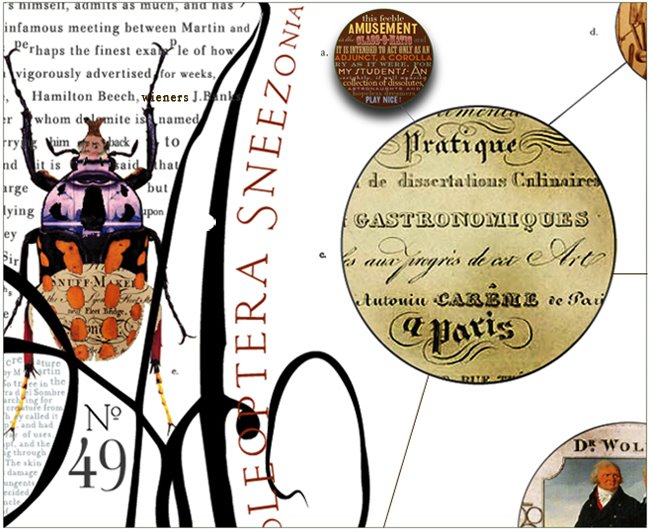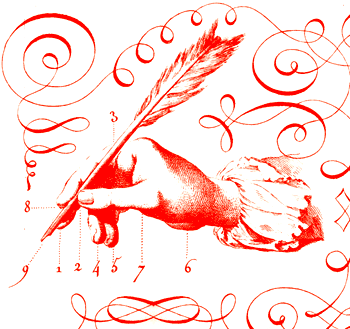 Dieter Rams studied architecture and interior design at Wiesbaden Arts and Crafts School from 1947 to 1953. In 1955, he started his work for Braun where he soon became the head of the product design department. Since 1981, Dieter Rams has also been a Professor at the Academy of Fine Arts in Hamburg.
Dieter Rams studied architecture and interior design at Wiesbaden Arts and Crafts School from 1947 to 1953. In 1955, he started his work for Braun where he soon became the head of the product design department. Since 1981, Dieter Rams has also been a Professor at the Academy of Fine Arts in Hamburg.One of Germany's best-known industrial designers, he is considered one of the great representatives of functionalism. Rams has received numerous design awards.
" Rams was a key figure in the German Functionalist design renaissance of the late 1950s and 1960s. Eventually becoming head of Braun's design staff, Rams' influence in the advent of clean and simple Rationalist design was soon evidenced in many products.
Rams once explained his design approach in the phrase "Weniger, aber besser" which freely translates as "Less, but better." Rams and his staff designed many memorable products for Braun, including the famous SK-4 record player and the high-quality 'D'-series (D45, D46) of 35mm film slide projectors. He is also known for the designing the 606 Universal Shelving System by Vitsœ in 1960.
 Many of his designs - wonderfully sleek coffee makers, calculators, radios, audio/visual equipment, consumer appliances, and office products - have found a permanent home at many museums over the world, including MoMA in New York. For nearly 30 years Dieter Rams served as head of design for Braun A.G. until his retirement in 1997. "
Many of his designs - wonderfully sleek coffee makers, calculators, radios, audio/visual equipment, consumer appliances, and office products - have found a permanent home at many museums over the world, including MoMA in New York. For nearly 30 years Dieter Rams served as head of design for Braun A.G. until his retirement in 1997. "Dieter Rams stands for an integrity in design and for true functionalism. He is anti-styling & anti-waste, against the throwaway society. He likes to develop a product over years, steadily improving it. It comes as no surprise to find that his preferred automobile is a Porsche. Not that he is dismissive of such marketing-led niche vehicles as the cartoonish new Beetle & Mini, or the shape making school of architecture represented by Frank Gehry et al.
Dieter's slogan is "less, but better". .. see below





Dieter Rams on 'good design'
Based on my experience as a designer, I have distilled the essentials of my design philosophy into ten points. But these points cannot be set in stone because, just as technology and culture are constantly developing, so are ideas about good design.
Good design is innovative
The possibilities for innovation are not, by any means, exhausted. Technological development is always offering new opportunities for innovative design. But innovative design always develops in tandem with innovative technology, and can never be an end in itself.
Good design makes a product useful
A product is bought to be used. It has to satisfy certain criteria, not only functional, but also psychological and aesthetic. Good design emphasises the usefulness of a product whilst disregarding anything that could possibly detract from it.
Good design is aesthetic
The aesthetic quality of a product is integral to its usefulness because products we use every day affect our person and our well-being. But only well-executed objects can be beautiful.
Good design makes a product understandable
It clarifies the product’s structure. Better still, it can make the product talk. At best, it is self-explanatory.
Good design is honest
It does not make a product more innovative, powerful or valuable than it really is. It does not attempt to manipulate the consumer with promises that cannot be kept.
Good design is unobtrusive
Products fulfilling a purpose are like tools. They are neither decorative objects nor works of art. Their design should therefore be both neutral and restrained, to leave room for the user’s self-expression.
Good design is long-lasting
It avoids being fashionable and therefore never appears antiquated. Unlike fashionable design, it lasts many years - even in today’s throwaway society.
Good design is thorough down to the last detail
Nothing must be arbitrary or left to chance. Care and accuracy in the design process show respect towards the consumer.
Good design is environmentally friendly
Design makes an important contribution to the preservation of the environment. It conserves resources and minimises physical and visual pollution throughout the lifecycle of the product.
Good design is as little design as possible
Less but better - because it concentrates on the essential aspects, and the products are not burdened with inessentials. Back to purity, back to simplicity!
Copyright Dieter Rams 2003



No comments:
Post a Comment